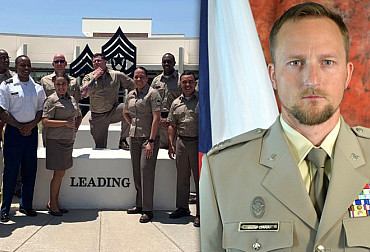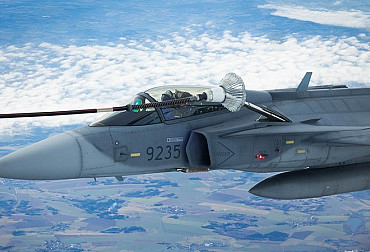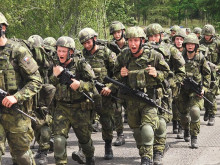The Czechs in NATO Rapid Response Force. How fast we can react.
One thousand of Czech soldiers from the 71st Mechanized Battalion and from other units of the Czech Armed Forces are assigned for NATO Rapid Response Force. They are, together with Polish, Spanish and British battalions, part of an international brigade consisting of approximately 5 000 soldiers. The difficult preparation was successful and after many foreign exercises and employments there is a core that can react quickly in case of need. How would it look in a real situation?
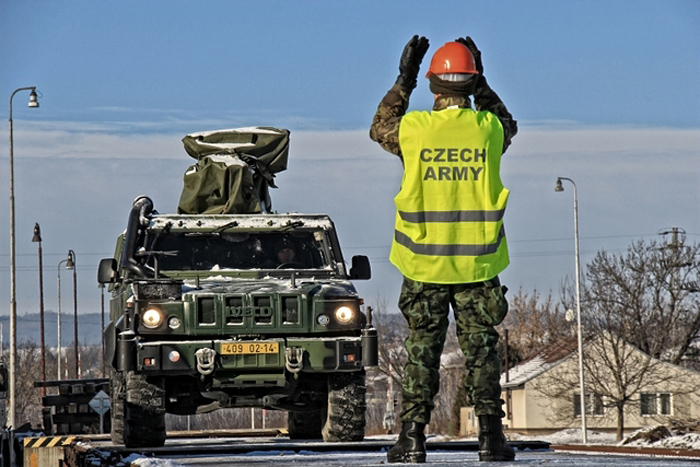
Picture: The current commitment means that the Czech Republic can deploy our fully armed soldiers wherever in the world within five days which means that they are ready for immediate operational deployment. | army.cz
You can see optimism and excitement on the official website of Ministry of Defence, however, the whole situation has to be looked upon not only in the context of training which is at a high level but also in the context of weapons, equipment and transport capacities. The current commitment means that the Czech Republic can deploy our fully armed soldiers wherever in the world within five days which means that they are ready for immediate operational deployment. Mainly soldiers in green berets, who are sometimes a little bit forgotten, are assigned within the assignment of our soldiers to NATO Rapid Response Forces. Regarding the fact we must realize the kind of weapons and vehicles that the 71st Mechanized Battalion has at disposal. The problem does not lie in the weapons; there are BREN rifle, modern CZ Phantom pistol, FN MINIMI machine gun, mortars, sniper rifles, grenades etc., but the transport vehicles are the problem. There are different options or their combinations in case of transport by their own means.
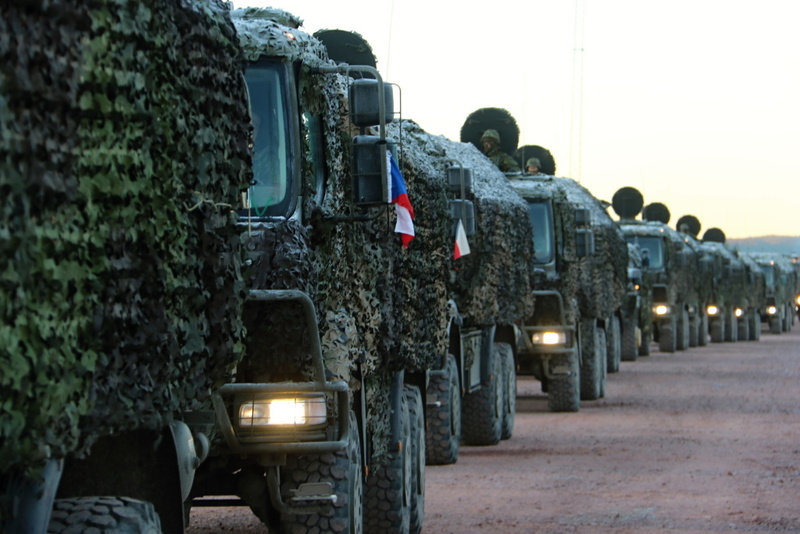
Picture: There are different variants or their combinations in case of transport by their own means | army.cz
Transport by their own means when the vehicles move on roads. In this moment we can imagine approaching BVP-2 (real maximum speed of about 60km/h on the road), commander´s workplace R5M1p built on the vehicle of the same name that can reach the same speed as BVP-2 but also different types of Tatra vehicles and mainly T810 and T815. These are faster but their ballistic defence only consist of cab protection or in different words cab crew protection. At the end of the convoy, there would be outdated vehicles UAZ 469 and also Land Rover Defender vehicles. After a recent announcement of cancellation of tender for new 4x4 off-road vehicles for the Czech Armed Forces we can only speculate when the outdated vehicles will be replaced.
The transport situation can be speeded up a little in case of loading of some military vehicles on trains, in this case the transportation would be combined - roads and railway. The transport of machinery and its loading will take a lot of time and the subsequent speed of the train will not be very high, we guess around 80 km/h. Loading of trucks is a great skill and the army this way uses hundreds of railway trucks a year but there is still the limiting factor of speed and of course railway network availability. There is no need to talk about possible sabotage in case of live deployment.

Picture: Armoured machinery of the Czech Armed Forces on its way to Poland during the deployment to NATO Response Forces | army.cz
Air transport is the last option. In case of using own machinery (there is of course also the possibility of using coalition machinery, but let us talk about own capacities), the transport of soldiers is possible when using Casa aircraft, however, a fully armed soldier means a big reduction in the aircraft capacity. In case of paratroopers we talk about transport of approximately 35 soldiers, and there will not be much difference in case of soldiers from other units. If we talk about quick and effective transport of soldiers and military vehicles, the air transport is almost utopian. Alternatively, it is possible only with a limited number of weapons, mainly with handguns, mortars, RPG weapons and others. This way, we will only transport soldiers and their weapons but not the improved machinery - BVP-2, the Tatra vehicles etc. If the soldiers do not use the capacities of coalition partners (if such capacities are at disposal), there will hence become almost a static unit after the transport.
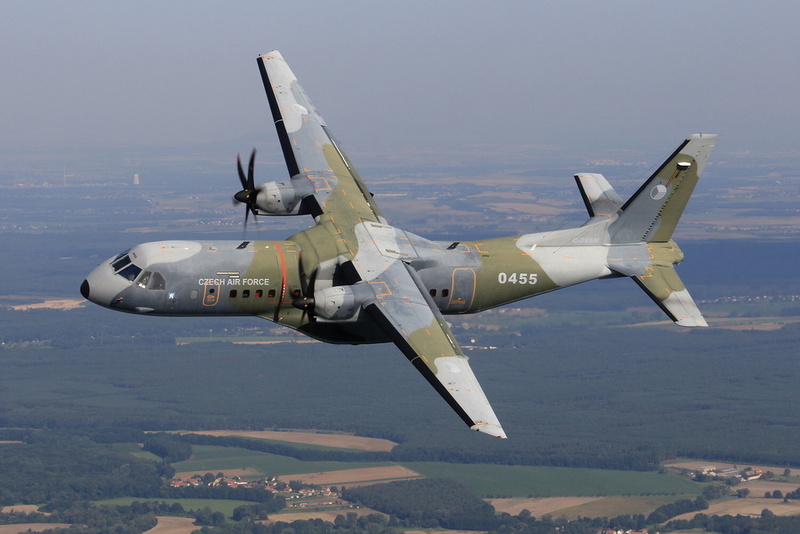
Picture: The Czech Armed Forces now operate four CASA aircraft | army.cz
The aim of this above written reflection is not to question the qualities of soldiers from the 71st Mechanized Battalion. On the contrary, I think that they put their heart and soul into their work and do their best. However, I want to draw attention to some delays in tenders for outdated machinery exchange that is necessary for having own transport capacity. The resent purchase of other two Casa Aircraft is encouraging but, as some experts say, aircraft of different category are necessary for real transport facilities.















